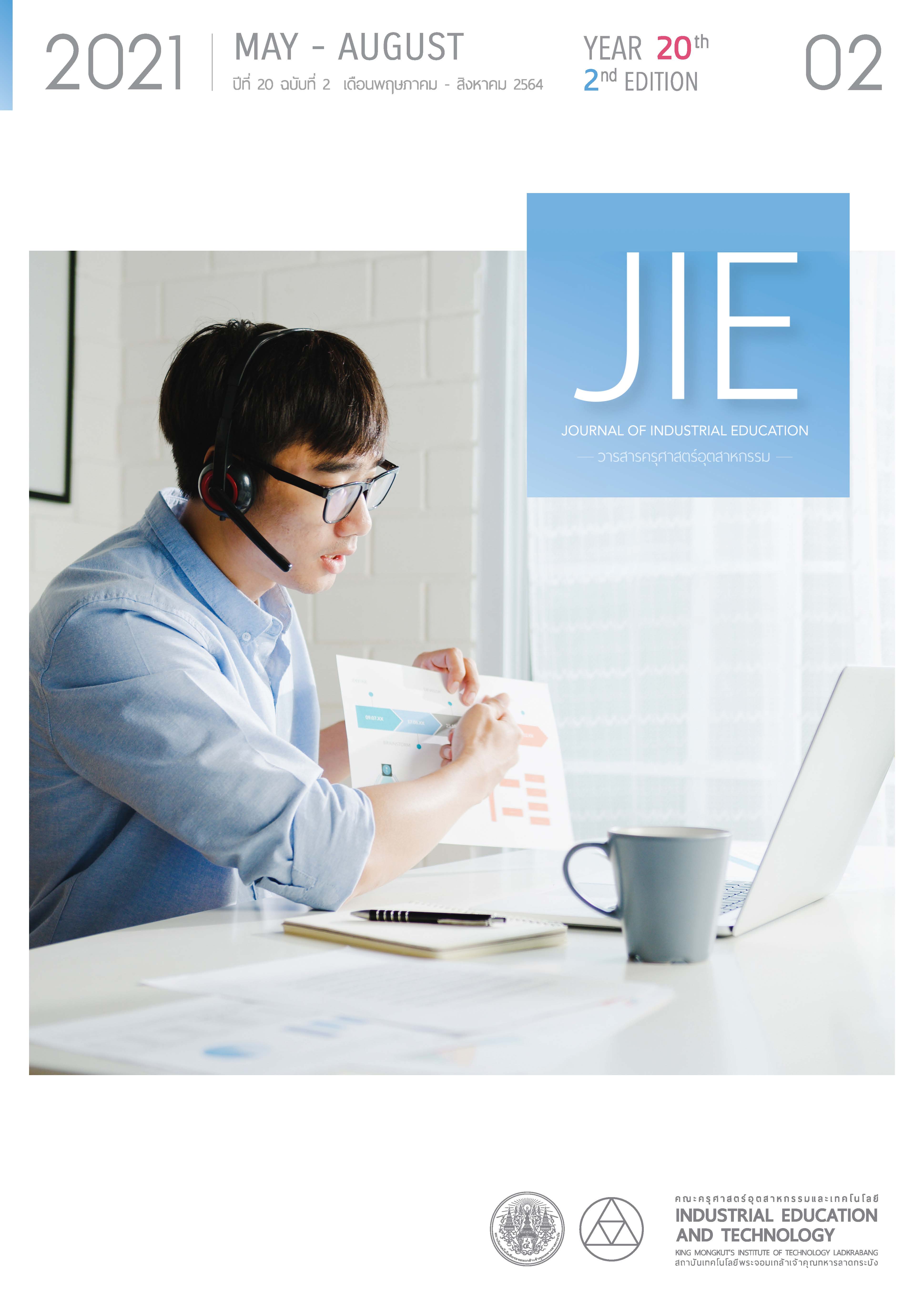STUDY THE PRODUCTION PROCESS OF NONWOVEN TEXTILE TECHNOLOGY FOR PREVENTING PM 2.5 DUST AND INFECTIOUS OF THE CORONA VIRUS-19 IN THE NEW NORMAL
Keywords:
Nonwoven, Textile, PM 2.5 dust, Corona virus-19, New normalAbstract
At the present time, there are problems of PM 2.5 and the pandemic of Coronavirus or COVID-19 which is difficult to solve since effective remedy has not been discovered and well efficient vaccines which are not enough for population. Therefore, innovative textile technology of making masks called as "Nonwoven" has been invented to protect people from those problems. Nonwoven is a way to produce mask with less cost and less procedures. This textile innovation is considered as "Technical textile". The experiment shows that the best kind of masks which effectively protects wearers from virus and airborne particles called as "Respirator" which is as known as "N95". The number 95 in N95 shows filtration efficiencies for 0.1 to 0.3 micron particles. Consequently, N95 masks are recommended for people in medical industry, people who respond to patients with tuberculosis or respiratory diseases, and people in the area that have PM 2.5 pollution.
References
Chaichalothorn, M., Kiatkasemsan, B., & Saeyup, P. (2020). “N95 respirator during COVID-19 pandemic.” Thai Journal of Anesthesiology. 46(3), 95-102. (in Thai)
Nimmanorraluk, P., Vongyuttakrai, P., & Tavattana, T. (2013). A study on waste reduction through machine adjustment and ratio formulation in nonwoven fabric material production. Journal of Industrial Education. 7(2), 33-41. (in Thai)
Prasarn, P. (2009). “Nonwoven.” MTEC Journal. (57), 21-27. [online]. Available: https://www2.mtec.or.th/th/e-magazine/admin/upload/246_21-27.pdf Retrieved April 1, 2021. (in Thai)
Thailand Textile Institute. (2019). Thailand textile & garment industrial profile. [online]. Available: https://www.thaitextile.org/th/insign/downloadcmssrc.preview.87.html Retrieved April 1, 2021.
Plastics Institute of Thailand. (2020). Mask product: Database of industrial structure products, materials, medical devices. [online]. Available: http://medicaldevices.oie.go.th/box/Article/8482 Retrieved April 1, 2021. (in Thai)
Borirak, T. (2019). “The crisis lessons from PM 2.5 air pollution.” Eau Heritage Journal: Science and Technology. 13(3), 44-58. (in Thai)
Sathirattanakun, T. (2008). “Things to know about air filters.” In P. Surawattanawan, (Ed.). Air Conditioning Engineering Association of Thailand (Set no. 17), Bangkok: Air Conditioning Engineering Association of Thailand. 39-55. (in Thai)
Chaleoykitt, S., Artsanthia J., & Daodee, M. S. (2020). “The effect of COVID-19 disease: Teaching and learning in nursing research.” Journal of Health and Nursing Research. 36(2), 255-262. (in Thai)
Mongkolrattanasit, R., Rungruangkitkrai, N., & Pangsai, M. (2015). Textile materials for filtration. [online]. Available: https://www.thaitextile.org/th/insign/detail.448.1.0.html Retrieved April 1, 2021.
Downloads
Published
How to Cite
Issue
Section
License
"The opinions and contents including the words in papers are responsibility by the authors."
"ข้อคิดเห็น เนื้อหา รวมทั้งการใช้ภาษาในบทความถือเป็นความรับผิดชอบของผู้เขียน"



